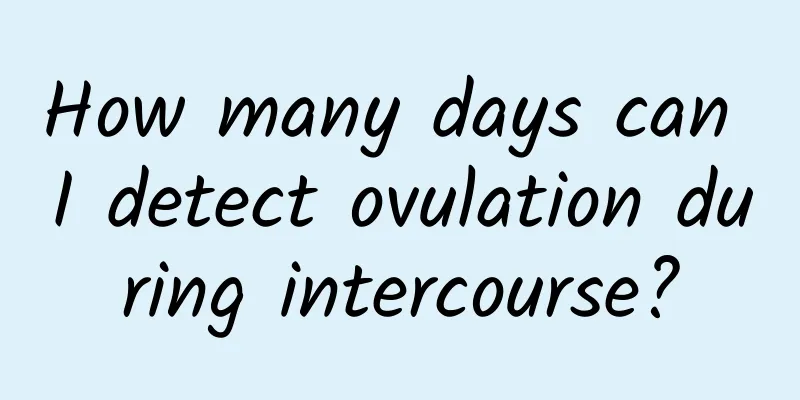How does Chinese medicine take the pulse?

|
Traditional Chinese medicine often brings a sense of mystery to people. Diseases in the body can be discovered just by feeling the pulse. However, feeling the pulse has a strong theoretical basis. It is necessary to observe and judge the flow of the patient's qi and blood in the blood vessels. Then, by understanding the patient's condition, a conclusion can be drawn. Many people are very curious about feeling the pulse in traditional Chinese medicine. So how does traditional Chinese medicine feel the pulse? First, how does Chinese medicine take the pulse? First, feel the location of the pulse. Some can be felt with a light touch, while others require force to feel. This distinguishes between a floating pulse and a sinking pulse. The strength of the pulse. A strong pulse is a full pulse, while a weak pulse is a weak pulse. The frequency of the pulse: a healthy person's pulse should beat 4 times between one breath and one inhalation. A pulse less than 4 times is a slow pulse, and a pulse more than 5 times but less than 7 times is a rapid pulse. Second, according to the tension of the pulse, if you press it, it feels like pressing on a guitar string, strong and hard, which is a string pulse. If the pulse feels loose and slow, it is a slow pulse. It also depends on the evenness of the pulse, whether the rhythm is even, and whether the strength and size are consistent. If the rhythm is uneven, there are hurried pulse, knotted pulse, and alternate pulse. If the strength and size are uneven, there are weak pulse and scattered pulse. The fluency of the pulse refers to the degree of smoothness of the pulse. A smooth pulse is called a slippery pulse, while a hard and rough pulse is called a rough pulse. The length of the pulse, that is, the length of the axial range of the pulse that can be felt by the fingers, is divided into long pulse and short pulse. The width of the pulse, that is, the radial range of the pulsation that can be felt by the fingers, is divided into large pulse and thin pulse. How does traditional Chinese medicine take the pulse? In traditional Chinese medicine, the wrist is divided into three parts: Cun, Guan, and Chi, which correspond to different organs. These three parts are pressed by our fingers. (The position of Guan is the bone under the palm, Cun and Chi are in front and back respectively.) In addition, regardless of the left or right hand, press Cun with the index finger, Guan with the middle finger, and Chi with the ring finger. Here is a little trick. If you take your own pulse, you can do it from the back of your hand, which means you are holding your wrist. At this time, the position of your fingers is just right. Then we must remember that the Cun, Guan and Chi of the left hand represent the heart, liver and kidney respectively, while the Cun, Guan and Chi of the right hand represent the lungs, spleen and kidney respectively. There is a saying that the right hand represents the lungs and spleen, and this life refers to the life gate, which is the kidney fire. Correspondingly, in this case, the kidney on the left hand refers to kidney yin. |
<<: Is a hole in the heart serious?
>>: What to do about heavy humidity
Recommend
Is it better to see a traditional Chinese doctor or a Western doctor for hair loss?
Hairstyle has a huge impact on a person. A good h...
Tumor in the intestine
Tumor is a common symptom in people's body st...
What is the reason for occasional snoring?
Some people snore every time they sleep after the...
Feeling hot in the morning
Morning is the most important time of the day. If...
Is liquid contraceptive gel reliable?
Following condoms, emergency contraceptive pills a...
Does epididymitis affect fertility?
Men are easily affected and harmed by epididymiti...
Is colonoscopy painful?
When it comes to colonoscopy, many people feel th...
What causes back pain?
If you always feel pain in the tendons on your ba...
What are the methods of traditional Chinese medicine to treat neurodermatitis?
Modern medicine believes that neurodermatitis is ...
What are the symptoms of bile reflux
Gallbladder and stomach reflux is a relatively sp...
What are the reflex areas of the heart?
We all know that the heart is the most important ...
Can rhinitis be treated with Chinese medicine?
Some rhinitis medicines available in general phar...
Why do women have poor memory?
For women, there are many reasons for poor memory...
Calcium gluconate for urticaria
Many people may not know the medicinal value of c...
Can rhubarb foot bath cure varicose veins?
Rhubarb is a very common medicinal material in da...









